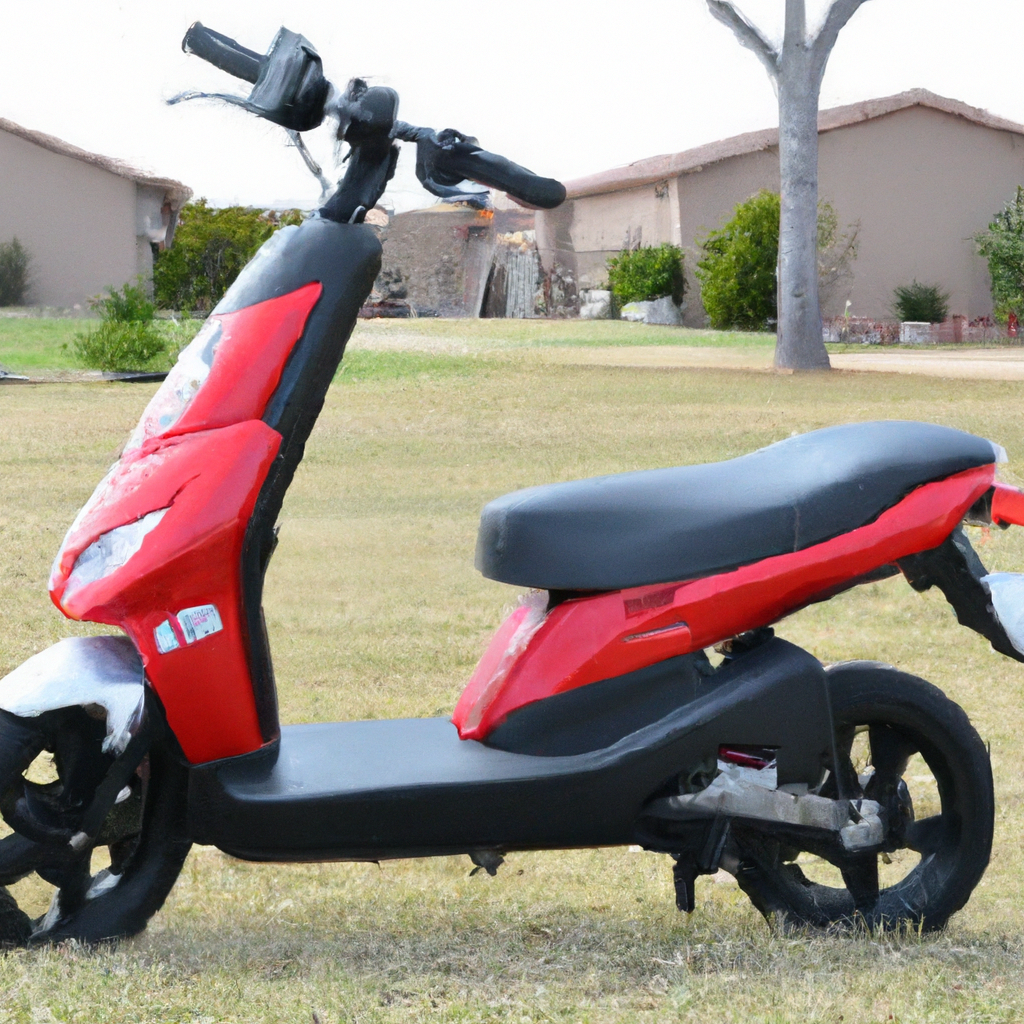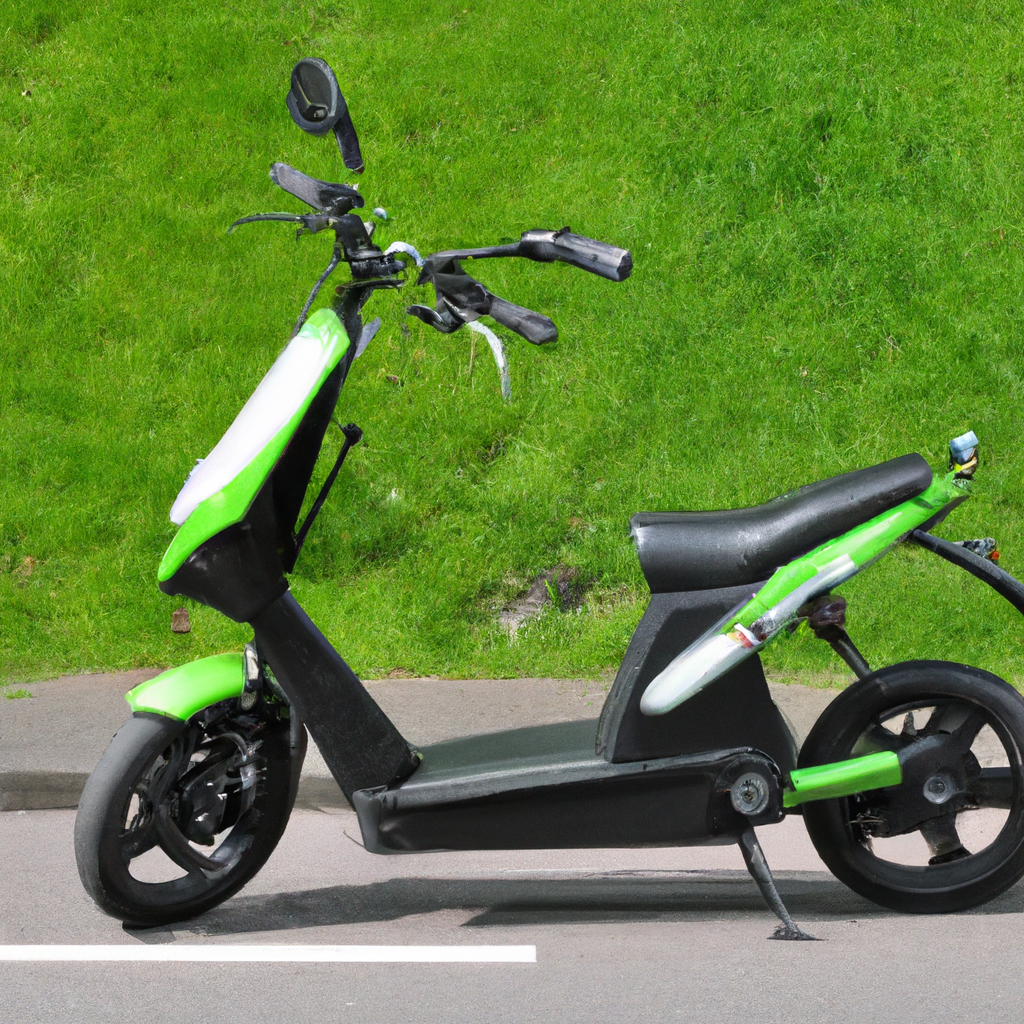Imagine cruising down the streets with the wind in your hair, effortlessly gliding on an electric scooter. But before you embark on your urban adventure, it’s crucial to know the average range an electric scooter can travel on a single charge. After all, you wouldn’t want to get stuck in the middle of nowhere, right? In this article, we’ll explore the average range of electric scooters, giving you a better understanding of their capabilities and ensuring you’re ready to conquer the streets with confidence. So, let’s get the wheels spinning and dive into the world of electric scooters!
Factors affecting electric scooter range
When it comes to electric scooters, the range is a crucial factor to consider. The range determines how far your scooter can go on a single charge, which directly impacts its usability and convenience. Several factors affect the range of an electric scooter, and understanding them is essential for making an informed decision before purchasing one. In this article, we will delve into the various factors that influence electric scooter range and how they can affect your overall riding experience.
Battery capacity
The battery capacity is one of the primary factors that determine the range of an electric scooter. The battery’s capacity refers to its energy storage capability, usually measured in watt-hours (Wh). A higher battery capacity means more stored energy, resulting in an extended range. Electric scooters with larger battery capacities can travel farther distances before requiring a recharge.
In terms of range comparison, a scooter with a larger battery capacity, let’s say 500Wh, will generally have a longer range than a scooter with a smaller capacity, such as 300Wh. It’s important to note that battery capacity alone isn’t the sole determinant of range, as other factors also come into play.

Motor power
The motor power of an electric scooter directly impacts its energy consumption and, consequently, its range. The motor power determines how much energy the scooter requires to propel itself forward. Generally, scooters with higher motor power tend to consume more energy, resulting in a shorter range. On the other hand, scooters with lower motor power can offer a longer range due to their lower energy consumption.
When balancing motor power and battery capacity, it’s essential to find the right trade-off. Opting for a scooter with a slightly lower motor power and a larger battery capacity can provide a good compromise between range and performance.
Weight of the scooter
The weight of the scooter plays a significant role in determining its range. Heavier scooters require more energy to move, resulting in a shorter range. Conversely, lightweight scooters have a lower energy requirement and can achieve a longer range.
Manufacturers are continually exploring ways to reduce scooter weight by incorporating lightweight materials such as aluminum and carbon fiber into their designs. These materials offer durability while minimizing the overall weight, thus improving range performance.

Terrain
The terrain you ride on also affects your electric scooter’s range. Flat terrains are generally more favorable for maximizing range, as they require less energy to traverse. On the other hand, hilly or uneven terrains can significantly impact range since the scooter needs to exert more effort to climb uphill or maneuver through rough surfaces.
When comparing range on different terrains, it’s common to see scooters perform better on flat surfaces. However, many modern electric scooters come equipped with adaptive features and various riding modes to optimize performance and adapt to different terrains.
Rider weight
Aside from the scooter’s own weight, the weight of the rider also influences the range. Heavier riders put a greater load on the scooter, requiring more energy to propel forward. This increased energy demand can result in a shorter range compared to riders with lighter weights.
When comparing the range analysis for different rider weights, it’s evident that riders on the lighter end of the spectrum can achieve longer distances on a single charge. Therefore, it’s advisable to consider the recommended weight capacity of a scooter to ensure maximum range performance.

Speed
Speed is an often overlooked factor when it comes to electric scooter range. The faster you ride, the more energy the scooter requires to maintain that speed, ultimately reducing the overall range. Riding at lower speeds can significantly increase your scooter’s range as it minimizes energy consumption.
Comparing energy consumption at various speeds, it becomes apparent that reducing speed can have a substantial impact on extending the range. It’s worth noting that different scooters have different efficiency levels at varying speeds, so it’s advisable to refer to the manufacturer’s specifications for optimal speed and range performance.
Weather conditions
Weather conditions can have a notable impact on the range of an electric scooter. Extreme cold or hot temperatures can affect battery performance and reduce overall range. Cold temperatures are particularly challenging for scooter batteries, as they result in decreased efficiency and capacity. Similarly, riding in hot weather can cause higher energy consumption due to increased motor heat and reduced battery efficiency.
When comparing range in different climates, it’s common to see a decrease in range during adverse weather conditions. To maximize range in such conditions, it’s advisable to seek sheltered routes and avoid prolonged exposure to extreme temperatures.

Acceleration and braking patterns
The way you accelerate and brake can also influence the range of your electric scooter. Aggressive acceleration and sudden braking require more energy, leading to a shorter range. Conversely, smooth and gradual acceleration and controlled braking patterns can help conserve battery energy and optimize range.
Many electric scooters now come equipped with regenerative braking systems, which recover and convert some of the energy used during braking back into the battery. These energy recovery systems can significantly improve the overall efficiency of the scooter and extend its range.
Tire inflation
Maintaining proper tire inflation is crucial for optimizing electric scooter range. Underinflated tires increase the rolling resistance, requiring more effort from the scooter to move forward. This increased effort translates to higher energy consumption and reduced range.
Regularly checking and maintaining the recommended tire pressure levels can contribute to more efficient rides and longer range. It’s advisable to refer to the manufacturer’s guidelines for the appropriate tire pressure, as different scooter models may have varying recommendations.

Maintenance
Regular maintenance plays a vital role in ensuring optimal range performance of your electric scooter. Neglecting maintenance can lead to various issues that can ultimately impact the range. Regularly inspecting and cleaning the scooter, checking the battery health, and keeping all components in good working condition can help preserve the range and longevity of your scooter.
Ignoring maintenance requirements, such as failing to replace worn-out parts or neglecting battery care, can significantly affect range. By following proper maintenance procedures and addressing any issues promptly, you can ensure that your electric scooter continues to operate at its best and provides an extended range.
In conclusion, several factors affect the range of an electric scooter. Understanding these factors and how they interact with each other can help you make an informed decision when choosing an electric scooter that meets your needs. Consider the battery capacity, motor power, weight of the scooter, terrain, rider weight, speed, weather conditions, acceleration and braking patterns, tire inflation, and maintenance requirements to maximize your electric scooter’s range and overall riding experience.

